Acrylate Allergy: Understanding the Basic Chemistry
Acrylate allergy arises from exposure to reactive acrylate monomers, particularly ethyl acrylate. These small molecules can cause contact dermatitis by sensitizing the skin and triggering allergic reactions. Polymerized acrylates are generally less allergenic because their reactive sites are chemically bound in solids rather than free as monomers.
1. Chemical Structure and Terms
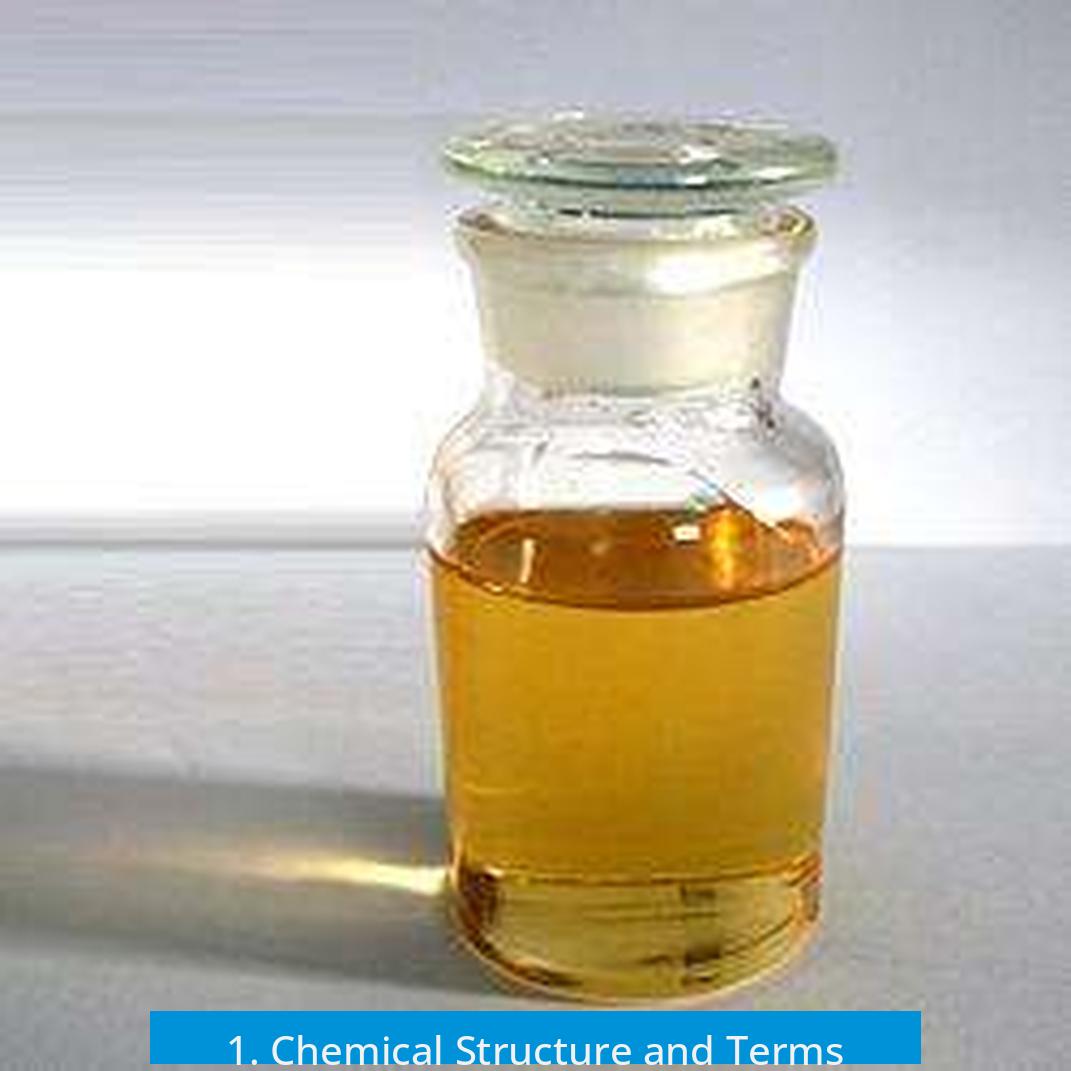
a. Acrylate and Ethyl Groups
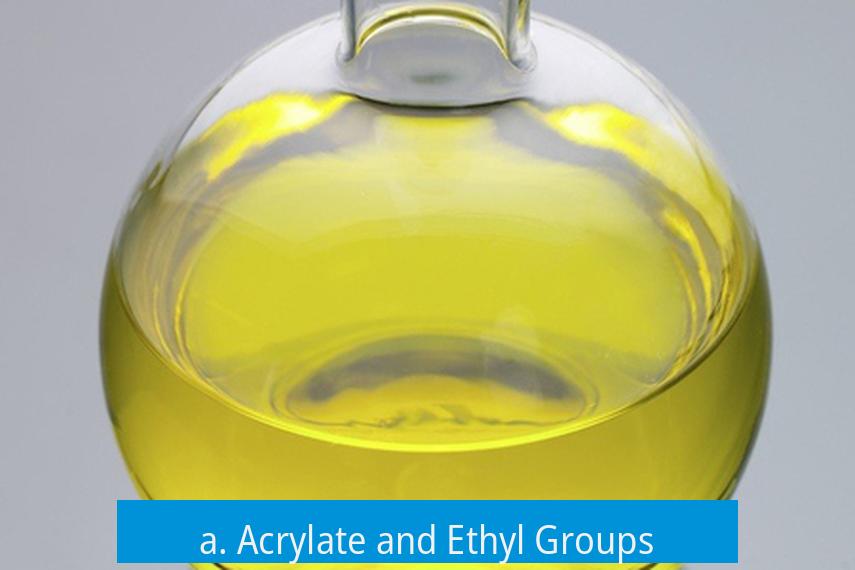
The chemical nature of acrylates is crucial to understanding their allergy potential. Acrylates contain the “acryl” portion, derived from acrylic acid, which includes a reactive vinyl group (–CH=CH2) linked to a carbonyl (C=O) function. This structure allows acrylates to polymerize and participate in reactions that create plastics and resins.
The term “ethyl” refers to a substituent of two carbon atoms (–CH2CH3). It is important to note that many compounds may have “ethyl” in their names, yet lack the acrylate reactive group. Therefore, the allergy is triggered by the acrylate moiety, not by the ethyl substituent alone.
| Term | Meaning |
|---|---|
| Acrylate | Derived from acrylic acid, contains reactive vinyl and carbonyl groups |
| Ethyl | Two-carbon substituent group, –CH2CH3 |
b. Ethyl Acrylate Specifics
Ethyl acrylate (molecular formula CH2=CHCO2CH2CH3) is the ethyl ester of acrylic acid. It functions as a reactive monomer and can be incorporated into various polymers and materials through chemical reactions. The vinyl double bond in ethyl acrylate is the reactive center responsible for polymerization and chemical activity.
This reactivity underlies its role in causing allergic sensitization, especially in its monomeric form when in direct contact with skin.
2. Sources and Uses of Acrylates
Acrylates are prevalent in many industries and consumer products.
- Paints and plastics: Ethyl acrylate is used in the production of polymers that give paints and plastics their properties.
- Adhesives: Acrylic-based glues, for example, those securing phone screen protectors, contain acrylates.
- Cleaners: Hard surface cleaners can include acrylate compounds; ingredient labels may omit specifics, necessitating precaution.
- 3D Printing: Resin 3D printers utilize acrylate polymers that polymerize during printing.
- Cosmetics and Nail Extensions: Nail enhancements frequently use ethyl acrylate monomers, facilitating hard solid forms after polymerization.
- Dentistry: Acrylic materials used in dental prosthetics can expose patients to acrylates.
3. Polymerization and Allergy Implications
Polymerization is the chemical process where individual acrylate monomers link to form long chains or networks, producing solid polymers. This transition from reactive liquid monomer to stable solid reduces the chemical’s allergenic potential.
Monomeric ethyl acrylate is far more likely to induce allergic contact dermatitis. In contrast, fully cured polymers do not usually cause allergic reactions, as their reactive vinyl groups are consumed during polymerization.
4. Allergy Mechanism and Symptoms
a. Sensitization Process
Acrylate allergy typically manifests as allergic contact dermatitis. Initial exposure to monomeric acrylates sensitizes the immune system. After sensitization, even small amounts of exposure can provoke inflammatory skin reactions.
Symptoms include redness, itching, swelling, blister formation, and cracked skin, often affecting hands, face, and feet. These reactions can severely impact quality of life.
b. Protective Measures
- Gloves: Acrylates readily penetrate latex and vinyl gloves. Nitrile gloves, ideally doubled, offer better protection during exposure.
- Minimize contact: Avoid using items containing acrylate monomers or wear protective barriers.
- Skin care: Moisturizing routines and avoiding irritants may improve symptoms.
- Product substitution: Avoid products like nail extensions or screen protectors that contain monomer acrylates if allergic.
5. Clarifying Common Misconceptions
Presence of ethyl acrylate in the synthesis pathway of some pharmaceuticals does not imply residual allergen remains in the final product. Chemical processes convert reactive acrylates into non-reactive compounds. Hence, most pharmaceuticals do not pose an acrylate allergy risk.
Consumers should focus on products directly containing monomeric acrylates rather than assuming allergy risk from derivatives or polymerized products.
Summary of Key Points
- The reactive “acryl” portion causes allergy, not the ethyl substituent.
- Ethyl acrylate monomers are used widely in paints, plastics, adhesives, nail products, dental materials, and 3D printing resins.
- Polymerization converts reactive monomers to less allergenic solids.
- Acrylate allergy commonly presents as contact dermatitis with skin inflammation and blistering.
- Effective protection includes wearing double nitrile gloves and avoiding direct monomer contact.
- Pharmaceutical products synthesized using acrylates generally do not provoke allergies due to chemical transformation.
For detailed medical and dermatological advice, users should consult specialized resources such as the Dermnet NZ on Acrylate Allergy.
What part of the acrylate molecule causes allergic reactions?
The “acryl” part of the molecule is the reactive component that triggers sensitization. The ethyl group is just a two-carbon chain and does not usually cause allergies.
Why are polymerized acrylates less likely to cause allergies?
Polymerization links many monomers into a solid chain, reducing free reactive monomers. This lowers the chance of the allergenic reaction compared to the single ethyl acrylate monomer.
Where are acrylates commonly found in everyday products?
- Paints and plastics
- Nail extensions and dental materials
- Phone screen glues
- 3D printer resins
- Some hard surface cleaners
How can someone with acrylate allergy protect their skin?
Wearing nitrile gloves is best, as acrylates penetrate latex and vinyl gloves quickly. Wearing gloves when using cleaners and avoiding contact with acrylate-containing products helps prevent reactions.
Does exposure to pharmaceuticals containing acrylate cause allergy?
Usually not, because ethyl acrylate used in drug synthesis is chemically changed and not present as an allergenic residue in the final product.
What are typical symptoms of acrylate allergy?
Contact dermatitis with irritation and blistering on skin is common. Sensitization can cause reactions from even small exposures after initial skin irritation.


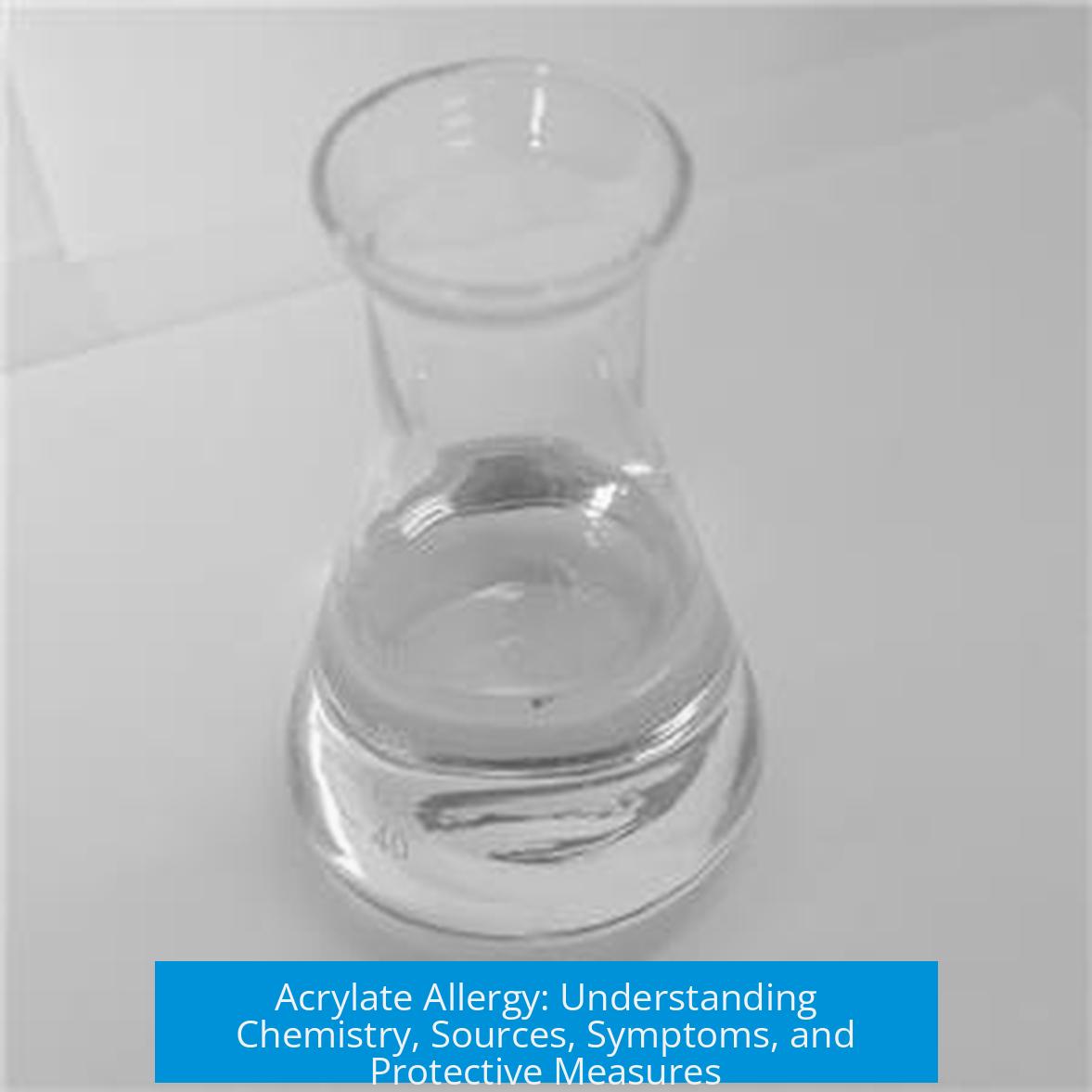
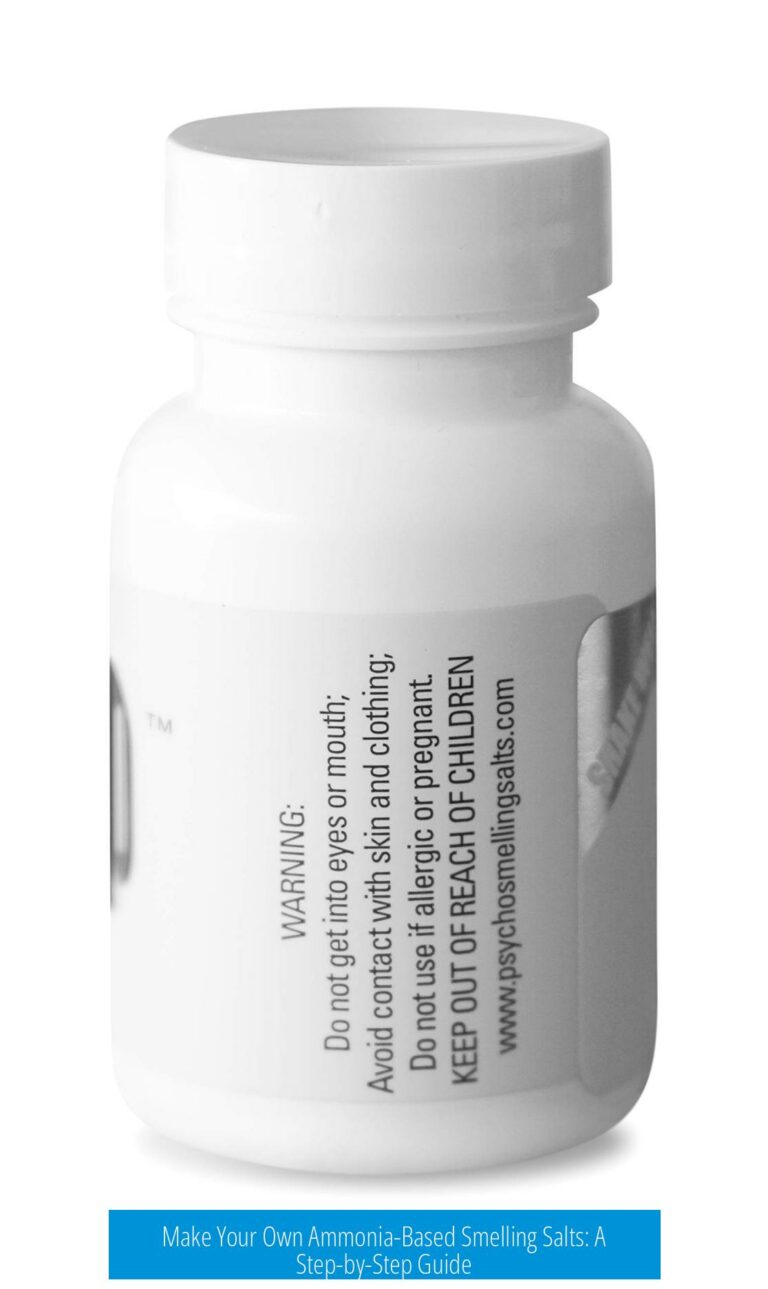
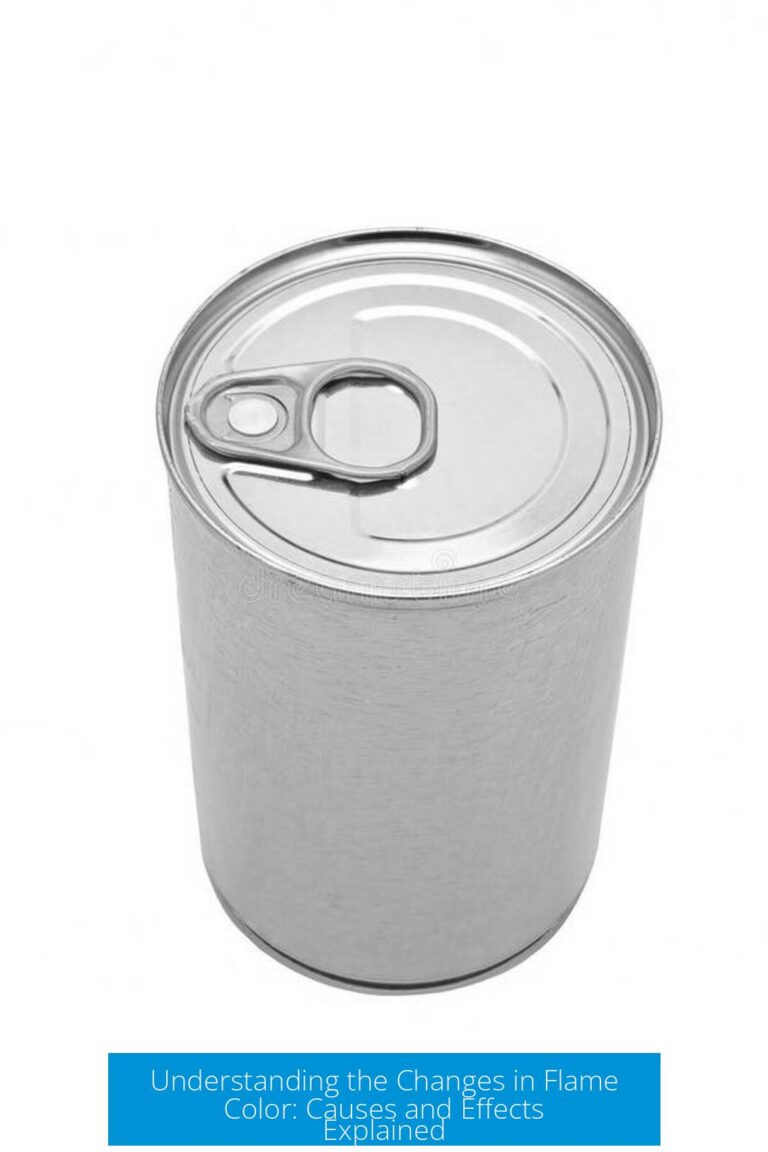
Leave a Comment